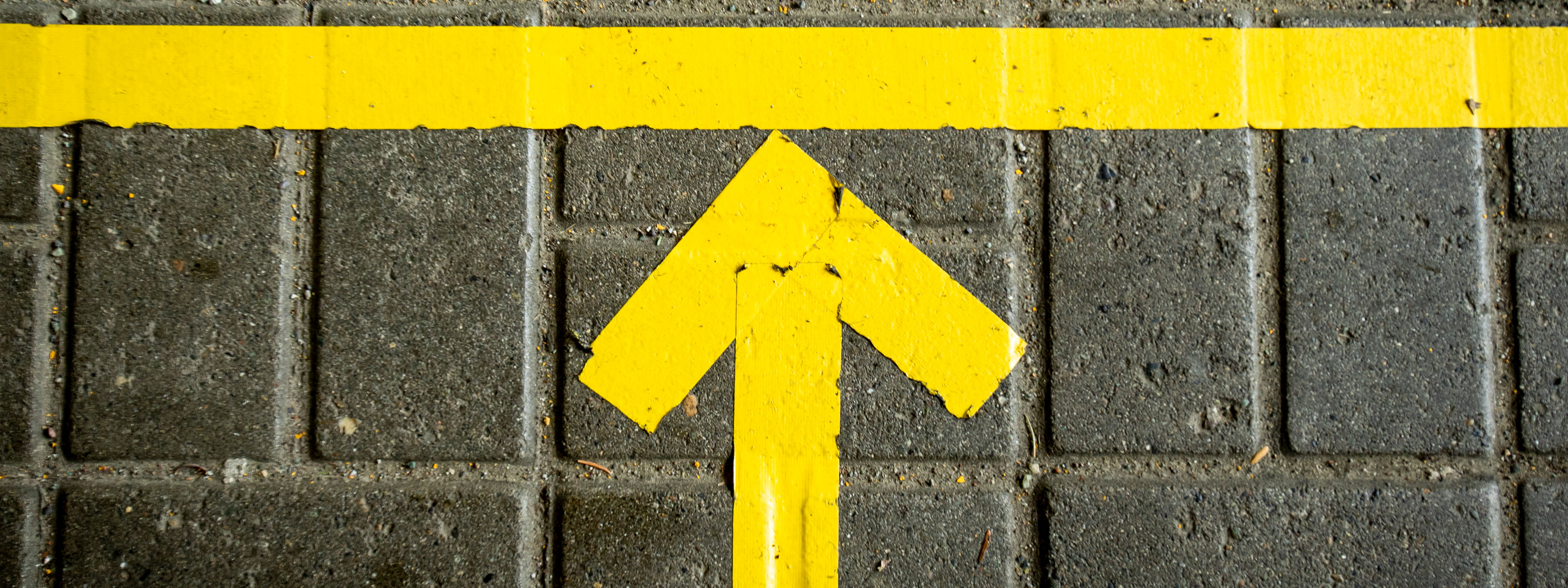
Federal Circuit Potentially Widens Door for PTAB to Identify Its Own Unpatentability Grounds for Substitute Claims
7 min read
On March 24, 2022, the Court of Appeals for the Federal Circuit criticized the Precedential Opinion Panel's application of its standard for when it is (and isn't) appropriate for the Patent Trial and Appeal Board to sua sponte raise patentability issues as to proposed substitute claims presented by a motion to amend in an inter partes review. The Court implied that the "readily identifiable and persuasive" aspect of the Panel's standard was likely met in this case. In her concurrence, Judge Prost went further and wrote that the proposed substitute claims were likely unpatentable. In light of the Federal Circuit's lack of clear guidance, it remains to be seen how the Board's practice of raising its own patentability grounds for new claims will be affected by the decision. The decision provides an opportunity for newly confirmed Director Kathi Vidal to address the issues raised by the Court in this case.
Precedential Opinion Panel Reverses Board's Sua Sponte Finding that Proposed Substitute Claims Were Unpatentable
In the inter partes review ("IPR") proceeding at issue, Hunting Titan ("Petitioner") alleged that the challenged claims in a patent assigned to DynaEnergetics ("Patent Owner") were anticipated by the prior art, particularly a reference called "Schacherer."1 After trial was instituted, the Patent Owner filed a contingent motion to amend, proposing certain substitute claims in the event the Board found the original claims unpatentable.2 The Petitioner opposed, arguing that the substitute claims "d[id] not overcome the previously cited prior art in the Petition.”3 The Petitioner identified several previously cited references, including Schacherer, and asserted that each discloses or teaches every limitation of the substitute claims.4 Based on these assertions, the Petitioner argued that the substitute claims were obvious but did not allege that they were anticipated.5
In the Final Written Decision, the Patent Trial and Appeal Board ("Board") found that the Schacherer reference anticipated the original claims. The Board also denied the motion to amend, finding the proposed substitute claims anticipated by Schacherer notwithstanding that the Petitioner did not raise the ground.6
The Patent Owner thereafter requested rehearing and Precedential Opinion Panel ("Panel") review of the Board's denial of the motion to amend. The Panel granted the request to address the circumstances under which the Board, in an IPR proceeding, may "raise a ground of unpatentability that a petitioner did not advance or insufficiently developed against substitute proposed claims in a motion to amend[.]"7
The Panel stated that Federal Circuit precedent allowed the Board to raise a ground of unpatentability that a petitioner had not advanced or developed sufficiently against substitute claims proposed in a motion to amend, but had not specified the circumstances in which the Board should do so.8 The Panel concluded that "only under rare circumstances should the need arise for the Board to advance grounds of unpatentability to address proposed substitute claims that the petitioner did not advance, or insufficiently developed, in its opposition to the motion."9 The Panel believed that the better approach, in most instances, is to rely on the incentives of the adversarial system, and to expect the petitioner will set forth the reasons why the proposed substitute claims are unpatentable. Still, the Panel identified three examples of when the Board may advance unpatentability grounds not raised by a petitioner:
- When the petitioner drops out of the proceeding;
- When the petitioner chooses not to oppose the motion to amend; or
- When the petitioner contests the motion to amend, but does not raise certain evidence of unpatentability that is "readily identifiable and persuasive" such that the Board should still address it.10
Addressing the instant case, the Panel observed that the Petitioner had "never mentioned anticipation as a ground" of unpatentability against the proposed substitute claims.11 The Panel further concluded that the circumstances of this case did not "qualify as one of the rare circumstances necessitating the Board to advance a ground . . . that Petitioner did not advance or sufficiently develop."12 In particular, the Panel found that the anticipation ground raised by the Board was not "readily identifiable and persuasive"; it therefore reversed the Board's decision and granted the Patent Owner's motion to amend.13
Federal Circuit Questions Panel's Decision
On appeal to the Federal Circuit, the Petitioner argued that the Board has an affirmative duty to determine patentability of proposed substitute claims based on all the evidence, no matter what the petitioner specifically alleges. For that reason, the Petitioner argued that the Board was correct to raise the invalidity ground sua sponte against the proposed substitute claims based on challenges to the original claims and, likewise, that the Board correctly concluded that the substitute claims were invalid.14
The Federal Circuit declined to go that far. The Federal Circuit stated that its precedent does not place on the Board an "affirmative duty, without limitation or exception, to sua sponte raise patentability challenges to a proposed substitute claim."15 But the Federal Circuit called the Panel's opinion demarcating the circumstances in which the Board may raise its own ground for invalidity of a proposed substitute claim "problematic" because the Panel's opinion placed undue reliance on the adversarial nature of IPR proceedings to bring forth evidence against proposed substitute claims and unduly limited the Board's ability to achieve the "basic purpose of IPR proceedings," namely "reexamin[ing] an earlier agency decision and ensur[ing] that patent monopolies are kept within their legitimate scope."16
The Federal Circuit suggested that, at a minimum, when the Board finds an original claim anticipated by prior art, it should be able to determine whether the proposed substitute claims overcome the same prior art—whether or not the petitioner alleges that the claims are invalid on those grounds.17 That said, because the Petitioner had not argued that the Panel's application of the "readily identifiable and persuasive" standard, and subsequent reversal of the Board's decision, was an abuse of discretion, the Federal Circuit was constrained to affirm the Panel's opinion.18
Judge Prost concurred and wrote separately to explain why, in her view, the Petitioner would have succeeded if its challenge had been preserved. Judge Prost emphasized that the Federal Circuit has consistently held that the IPR statutes support the Board's ability to consider arguments and theories beyond those a petitioner raises in its petition or opposition to the motion to amend.19 She cast doubt on the narrowness of the Panel's opinion limiting sua sponte action to only three circumstances and suggested that:
[w]hatever the 'readily identifiable and persuasive' standard means, [the Panel] should have let the Board do what it did here: evaluate whether the prior-art reference that anticipated the original claims also anticipated the new claims. Such an evaluation can hardly be deemed overly zealous or creative on the Board's part. Indeed, among potential unpatentability bases to raise sua sponte, this would seem to be square one.20
Judge Prost also expressed concern with a recently enacted PTO regulation that seemingly applies the "readily identifiable and persuasive" standard to all motions to amend, whether or not they were opposed, a standard even narrower than the Panel's. She focused on the effect of the regulation on unopposed motions, highlighting that "[b]ecause the regulation makes no caveat for unopposed motions, the Board may find its hands tied (or its head forced into the sand) even when no one is around to oppose a new patent monopoly grant," which hampers the "basic purpose of IPRs"—"to reexamine an earlier agency decision, thus helping protect the public's paramount interest in seeing that patent monopolies are kept within their legitimate scope."21
More Freedom for the PTAB?
In light of the Federal Circuit's decision, it is unclear how future Boards will proceed in these circumstances. Some Boards may be more aggressive in evaluating the grounds for patentability of proposed substitute claims in motions to amend, and some may not. A policy response that addresses the Board's latitude for such sua sponte action could also be forthcoming from recently confirmed PTO Director Kathi Vidal. As a precaution, petitioners faced with a patent owner's motion to amend should be cautious to include in opposition all arguments made against the original claims.
1 Hunting Titan, Inc. v. DynaEnergetics Europe GmbH, Case Nos. 2020-2163, 2020-2191, __ F.4th __ (Fed. Cir. Mar. 24, 2022), slip op. at 2.
2 Id.
3 Id. at 8 (citation omitted).
4 Id.
5 Id. at 8-9.
6 Id. at 9.
7 Id. (citation omitted).
8 Id. at 9-10 (citations omitted).
9 Id. at 10 (citations omitted).
10 Id. (citation omitted).
11 Id. at 11 (citation omitted).
12 Id. (citation omitted).
13 Id. at 11-13 (citations omitted).
14 Id. at 15-16.
15 Id. at 16.
16 Id. at 16, 17 (internal citations omitted).
17 Id. at 18 n.2.
18 Id. at 18-19.
19 Id. at 2 (Prost. J., concurring).
20 Id. at 3.
21 Id. at 6-7 (quotations and alterations omitted).
Hannah Rubashkin (White & Case, Associate, New York) contributed to the development of this publication.
White & Case means the international legal practice comprising White & Case LLP, a New York State registered limited liability partnership, White & Case LLP, a limited liability partnership incorporated under English law and all other affiliated partnerships, companies and entities.
This article is prepared for the general information of interested persons. It is not, and does not attempt to be, comprehensive in nature. Due to the general nature of its content, it should not be regarded as legal advice.
© 2022 White & Case LLP

